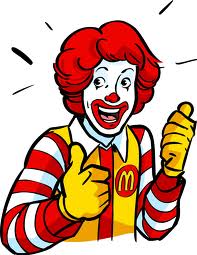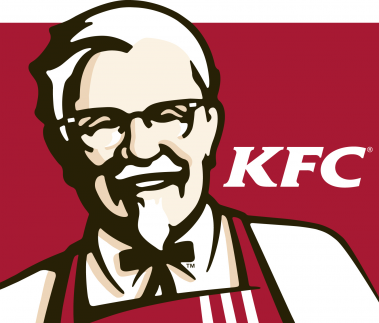MGRA501 Authorship
& Interaction
RiP! A Remix Manifesto
Immerse yourself in the energetic, innovative and potentially illegal world of mash-up media with RiP: A Remix Manifesto. Let web activist Brett Gaylor and musician Greg Gillis, better known as Girl Talk, serve as your digital tour guides on a probing investigation into how culture builds upon culture in the information age.
Biomedical engineer turned live-performance sensation Girl Talk, has received immense commercial and critical success for his mind-blowing sample-based music. Utilizing technical expertise and a ferocious creative streak, Girl Talk repositions popular music to create a wild and edgy dialogue between artists from all genres and eras. But are his practices legal? Do his methods of frenetic appropriation embrace collaboration in its purest sense? Or are they infractions of creative integrity and violations of copyright?
This documentary is released under Creative Commons Attribution — Noncommercial 3.0 Unported license.
Gaylor encourages more people to create their own remixes from this movie, using media available from the Open Source Cinema website, or other websites like YouTube , Flickr , Hulu , or MySpace .
After I explored the remix culture that I looked at my favourite movie - Toy Story series. And play around with the posters of Toy Story3.
Part One introduces the three chronological stages of Remix, while part two defines how the three chronological stages are linked to the concept of Authorship, as defined by Roland Barthes and Michel Foucault. Also see my previous entry “The Author Function in Remix” which is a written excerpt of the theory proposed in part two.
Generally speaking, remix culture can be defined as the global activity consisting of the creative and efficient exchange of information made possible by digital technologies that is supported by the practice of cut/copy and paste. The concept of Remix often referenced in popular culture derives from the model of music remixes which were produced around the late 1960s and early 1970s in New York City, an activity with roots in Jamaica’s music. Today, Remix (the activity of taking samples from pre-existing materials to combine them into new forms according to personal taste) has been extended to other areas of culture, including the visual arts; it plays a vital role in mass communication, especially on the Internet.
Another example from art history where the codes of the reflexive remix can be found is the work of Hannah Hoch. Her collages blur the origin of the images she appropriates; the result is open-ended propositions. Her work often questions notions of identity and gender roles. Yet, even when it is not clear where the material comes from, her work is still fully dependent on an allegorical recognition of such forms in culture at large in order to attain meaning. This is the case in pieces like Grotesque and Tamar. Although they were made 30 years apart, both decontextualze the objects they appropriate. Here we have body parts of men and women remixed to create a collage of de-gendered figures. The authority of the image lies in the acknowledgment of each fragment individually, and a specific social commentary like the one found in Heartfield’s work is no longer at play; instead, each individual fragment in Hoch’s work needs to hold on to its cultural code in order to create meaning, although with a much more open-ended position.




I integrated two posters in one poster from Toy Story3. And I combined Woody and another character from One Piece on the poster. I changed the brightness and color tone from original poster.
Inspired by pop art
Although McDonalds and KFC are trade rival, I tried to combine uncle McDonald and KFC's logo. It look like uncle McDonald saying KFC's food is good. 'So Good' is KFC's slogan.